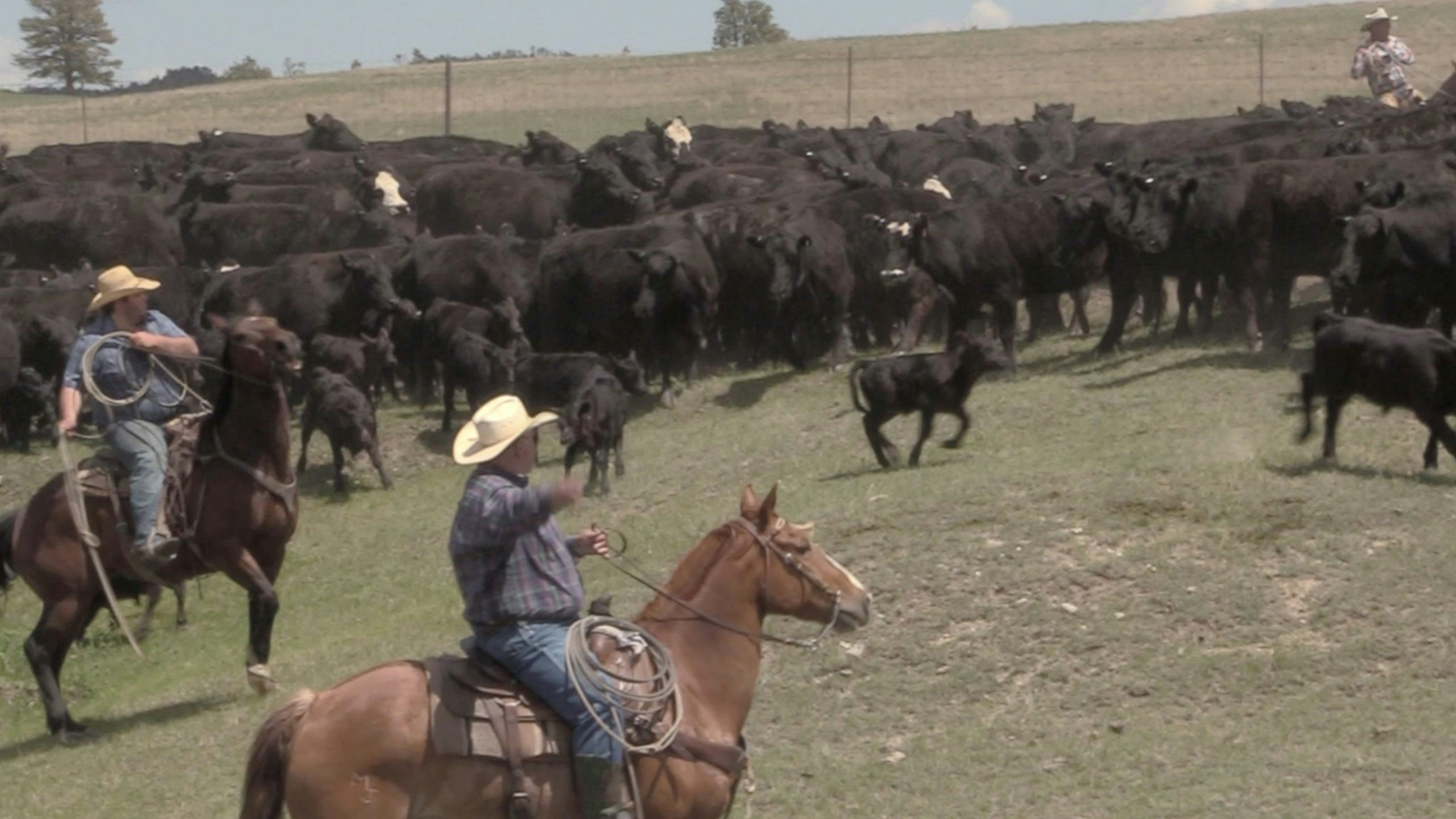Cattle outnumber people nearly two-to-one in Wyoming, but buying beef identified as locally raised can be a challenge, a Wyoming Stock Growers Association spokesperson said.
“These animals often get shipped out as calves, and they might even come back as yearlings, but they lose their identity as Wyoming beef,” said Jim Magagna, the Stock Growers Association’s executive vice president. “You may have eaten a lot of them throughout your life, but you’d never know it.”
A trickle-down affect of the farm-to-table trend is an American curiosity about where food comes from and a desire to consume locally produced vittles. This curiosity is increasing the demand for both small and large meat processors in Wyoming, Magagna said.
“I don’t know that (beef processing) was ever less common,” he said. “We’ve always had a good array of small processors throughout the state. But we’ve never really had processing on a level where we were providing volume of product.”
That could soon change.
Niche demand
Up until two years ago, Magagna said Wyoming didn’t have any beef processors inspected by the United States Department of Agriculture.
State-inspected facilities can ship products throughout Wyoming, but not across state lines. USDA-inspected facilities can ship their products anywhere within the U.S. and internationally.
Nowadays, the state is home to two USDA-approved facilities, another is transitioning from state-inspected to USDA-inspected and two more are in the construction phase, said Ron Gullberg, the Wyoming Business Council business development director.
“In 2018, the ag marketing bill — Senate File No. 108 — looked at the data saying Wyoming beef is a dominant industry, but it’s not a value-added industry,” Gullberg said. “It’s a commodity industry. So, we’re looking at how we can work to develop strategies to bolster processing in Wyoming.”
Last summer, the Business Council initiated a beef study that could provide beef producers and processors information essential to capitalizing on Wyoming branded beef products, he said.
“We’re asking the question, ‘How big can we go to fill a niche demand for Wyoming beef?’” Gullberg said. “(The study) has three parts: Market opportunities, opportunities for offal or byproducts of the processing, and workforce.”
The study is slated to be completed within a few weeks, but not everyone is waiting for the results.
Homefront processing
Born and raised in northeast Wyoming, Kelsey Christiansen grew up around meat processing.
“When I was young, my dad and grandfather ran a small butcher shop,” Christiansen said. “That caught my interest, then in college, I got a job working at the meat lab at the University of Wyoming. That really pulled it all together for me.”
With 15 years of experience in meat processing, Christiansen decided to open his own USDA-inspected meat processing plant — the 307 Meat Company in Laramie.
“If we’re one of the leading cattle-producing states in the nation, then we should be able to eat our own meat,” he said. “Most all the cattle leave the state to be harvested. Hopefully, we’re making a move to change that.”
The plant is not operational yet, but Christiansen said he plans to open its doors this spring.
“My main focus of my business plan is to be a service company and a private label company,” he explained. “Whether you have a 100 head of cattle or 15, you can bring them to us, and we’ll process them and put your labels on them exactly how you want.”
While most ranchers send their cattle out-of-state to large-scale processors, because shipping in bulk is more economical, Christiansen said there is a growing interest in small-scale operations.
“There is a massive shortage in small meat processors to do work for the little man,” he said. “It’s an exciting time for Wyoming and the beef industry as a whole. I think you’re going to see a change in dynamic across the state with a couple more processors coming on line in the near future.”





